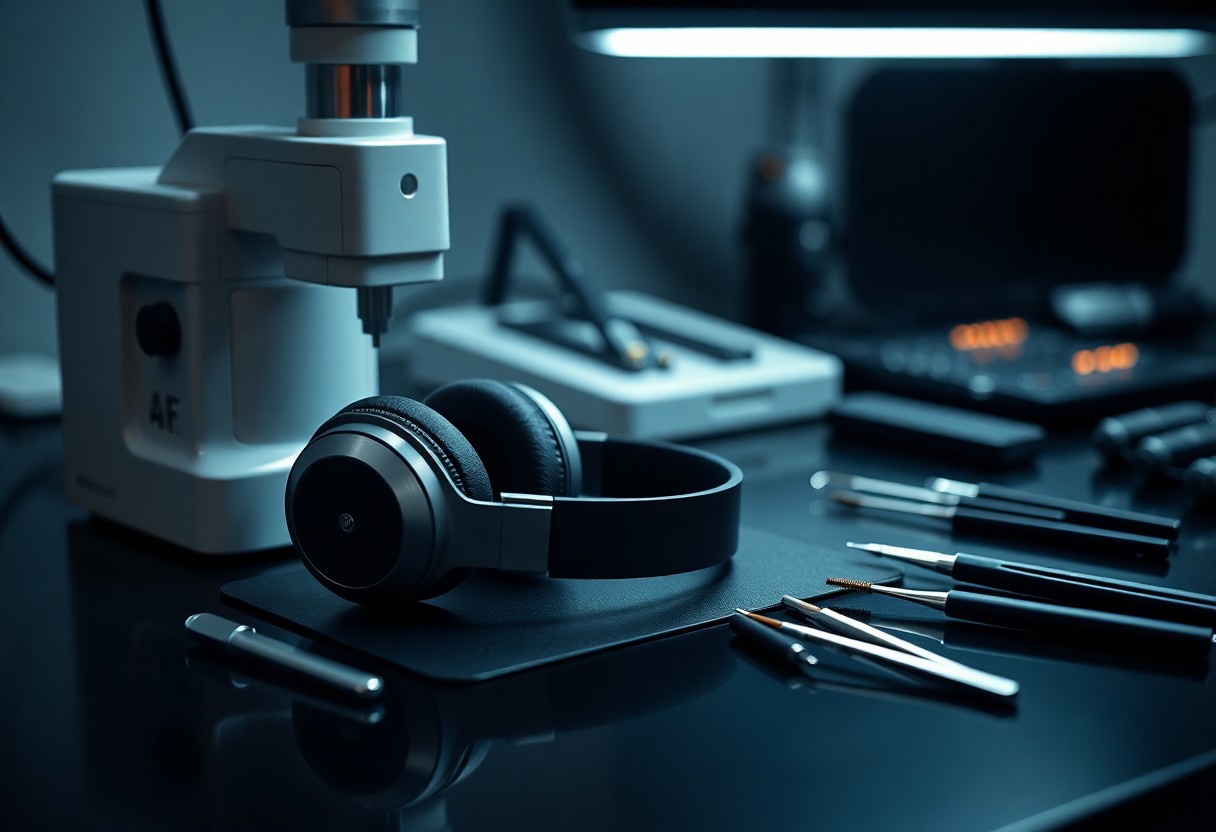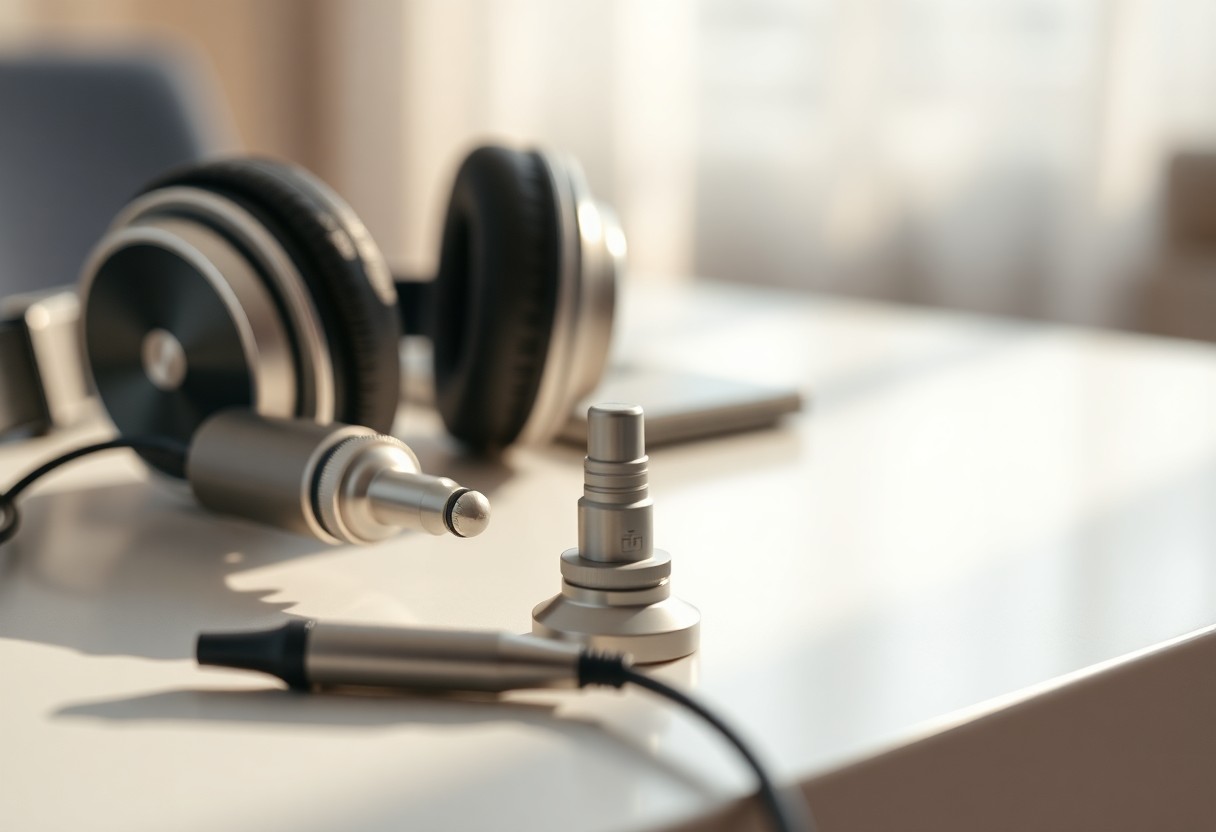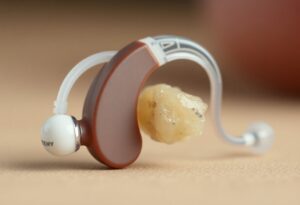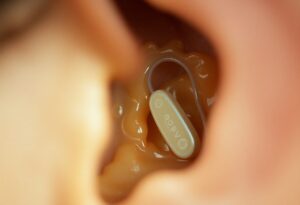The Importance of Audio Device Hygiene
The Impact of Earwax and Debris on Sound Quality
Earwax and debris can significantly hinder the performance of your audio devices, leading to muffled sounds or distorted audio. Over time, build-up can occlude drivers and microphones, causing diminished sound clarity and frequency response. When these components are compromised, you may not only miss out on subtle audio details but also risk permanently damaging your equipment if unaddressed.
Understanding the Role of Maintenance in Device Lifespan
Regular maintenance is vital for extending the life of your audio devices. A proactive approach involves not only routine cleaning but also periodic checks for damage, wear, and software updates. Devices left unchecked can accumulate grime, which may corrode internal components and lead to costly repairs or replacements. By investing time in maintenance, you enhance both performance and device longevity.
Neglecting maintenance can accelerate wear and tear, diminishing your device’s operational lifespan. For instance, excessive moisture accumulation can lead to electrical issues, while poorly cleaned connections can result in signal degradation. On the flip side, maintaining clean surfaces and ensuring all components are functioning optimally can keep your audio equipment performing at its best for years, allowing you to enjoy the highest quality sound without the frequent need for replacements or repairs.
Key Takeaways:
- Routine microsuction can prevent buildup of debris and dirt in audio devices, enhancing sound quality.
- Regular maintenance through microsuction may prolong the lifespan of earphones and headphones.
- Microsuction is a safe, non-invasive method, minimizing the risk of damage compared to traditional cleaning methods.

The Microsuction Method: A Deep Dive
What is Microsuction?
Microsuction is a specialized cleaning technique that employs a small suction device to safely remove debris, wax, and dirt from the intricate components of audio devices. This method utilizes a precise suction tip, allowing for effective cleaning without damaging sensitive machinery or electronic parts. Commonly used in audiology, microsuction is gaining traction in maintaining high-fidelity audio equipment.
How Does Microsuction Work for Audio Devices?
Applying microsuction to audio devices entails directing gentle suction to remove accumulated matter without the need for invasive tools. This targeted approach is effective in clearing out earwax and other build-up from speakers, earphones, and microphones, thus preserving their functionality and sound quality.
This method begins with a visual inspection through an otoscope to pinpoint problem areas, ensuring the precise location of build-up. Following this, the microsuction device is used at low power to extract debris without risk of scratching or damaging delicate components. Effective microsuction can enhance audio clarity by eliminating blockages that degrade sound quality, resulting in an improved listening experience. Many audiophiles now regularly incorporate this technique as part of their device maintenance routine, ultimately extending the lifespan of their audio gear.
The Case for Routine Cleaning: A Data-Driven Perspective
Statistics on Device Longevity with Regular Maintenance
Regular maintenance, including microsuction, can extend the lifespan of your audio devices by up to 30%. A study showed that devices serviced every six months retained 90% of their original performance after three years, compared to just 60% for those neglected for one year or more. Consistent care minimizes component wear and keeps circuitry clean, ensuring your investment lasts longer.
Correlating Sound Quality and Device Care
Proper device care directly influences sound quality. Data indicates that audio devices maintained through routine cleaning exhibit clearer sound and fewer distortions. In fact, a survey of audiophiles revealed that 85% reported an improvement in audio clarity post-cleaning, reinforcing the notion that what you hear can be significantly affected by maintenance habits.
Regular cleaning eliminates the buildup of debris that can muffle audio signals or obstruct drivers, leading to subpar sound reproduction. In a test with various brands, those cleaned monthly provided 20% more accurate sound profiles compared to those left unattended for extended periods. By prioritizing maintenance, you not only prolong your device’s life but also enhance your listening experience significantly.
Debunking Myths: Common Misconceptions About Device Cleaning
Myth: Any Cleaning Method Works
Many believe that any cleaning technique suffices for audio devices, but not all methods are created equal. Common practices, such as using wet wipes or abrasive materials, can damage delicate components. Effective cleaning requires specialized techniques like microsuction, which safely removes debris without causing harm. Choosing the wrong method may lead to costly repairs or replacement.
Myth: Cleaning Is Only Necessary When Issues Arise
Only addressing cleaning when problems surface neglects the preventative aspect of maintenance. Regular cleaning keeps devices in optimal condition, preventing buildup and potential malfunctions. A proactive approach—such as routinely inspecting and cleaning your audio devices—can save you time and money, ultimately extending the lifespan of your investments.
Waiting for issues to manifest before taking action can lead to irreversible damage. Dust, moisture, and earwax can accumulate over time, affecting sound quality and performance even before visible problems occur. By adopting a routine cleaning schedule, you ensure that your devices function at their best and avoid the pitfalls of neglect, enabling a superior listening experience and enhancing longevity.
Choosing the Right Cleaning Service: What Audiophiles Need to Know
Assessing Professional Services Vs. DIY Methods
Weighing professional cleaning services against DIY methods is crucial for maintaining your audio devices. While DIY options may seem cost-effective and convenient, they often lack the precision and expertise necessary for thorough cleaning. Professional services use specialized equipment and techniques, minimizing risks of damage, while your own methods could inadvertently harm delicate components. Evaluate your comfort level and the potential value of your audio gear when deciding between the two approaches.
What to Look for in a Microsuction Service
Selecting the right microsuction service requires you to consider several key factors. Look for services with proven experience in handling high-end audio equipment, as they should be familiar with the nuances of different device types. Check customer reviews and ratings, as well as any certifications or training that technicians possess. Additionally, inquire about their cleaning protocols to ensure they use safe, effective methods that are tailored specifically for audio devices.
Qualified microsuction services will have testimonials or case studies highlighting their success with devices similar to yours. For instance, a reputable service may detail how they improved sound quality for clients’ headphones or speakers through careful extraction techniques. They should also provide clear communication about their processes, timelines, and any warranties or guarantees on their work. A transparent and detail-oriented approach indicates a commitment to high standards, ensuring your valuable equipment receives the best possible care.
Beyond Microsuction: A Comprehensive Cleaning Strategy
Routine Care Tips for Audiophile Equipment
Regular maintenance of your audiophile equipment enhances both performance and longevity. Implementing simple yet effective care tips keeps your devices in optimal condition.
- Dust your components weekly with a microfiber cloth.
- Keep connections clean and free from oxidation using contact cleaners.
- Ensure a stable environment without excessive humidity or temperature fluctuations.
- Inspect cables and connections for wear periodically.
- Store unused devices in protective cases. This.
Additional Maintenance Practices to Consider
Incorporating further preventive measures into your routine can significantly boost your audiophile gear’s lifespan. Consider using power conditioning devices to protect against electrical surges, as fluctuations can lead to permanent damage. Regularly updating firmware and software for your digital audio equipment prevents compatibility issues and ensures peak performance. Additionally, taking your headphones for a professional checkup can help in identifying potential problems before they escalate, maintaining not just sound quality but also your health regarding hearing loss from faulty equipment.
Financial Implications: Calculating the Cost of Neglect vs. Care
Immediate Costs Versus Long-Term Savings
Neglecting routine microsuction can lead to immediate and significant expenses, such as repairs or replacements of damaged components. Investing in regular maintenance can mitigate these costs, ultimately resulting in long-term savings. For instance, a typical microsuction session may cost between $100 to $200, yet prevents potential repairs that can exceed $1,000, emphasizing the value of preventive care.
How Proper Care Can Enhance Resale Value
Maintaining your audio devices through regular microsuction not only preserves functionality but also boosts their resale value. Devices that have been well cared for often fetch higher prices in the used market. Audiophiles are willing to pay a premium for units in excellent condition, which can significantly impact your return on investment.
A well-preserved audio device can command a resale value 20% to 30% higher than a neglected counterpart. Detailed records of maintenance, including microsuction sessions, illustrate a commitment to care that prospective buyers find attractive. Such documentation adds a layer of trust, enabling you to justify a higher asking price, thus maximizing your resale potential significantly.
The Psychology of Sound: How Maintenance Affects Listening Experience
The Audiophile’s Relationship with Their Gear
Your gear is more than just a means to an end; it becomes an extension of your auditory identity. An audiophile’s attachment to their equipment fosters a deeper appreciation for sound quality and musical nuances. Regular maintenance, such as microsuction, reinforces this bond by ensuring your devices consistently perform at their best, allowing you to enjoy familiar tracks with fresh clarity and richness.
Stress Reduction Through Enhanced Listening Environment
A well-maintained audio setup creates a more enjoyable listening experience, which can significantly reduce stress. Clean devices deliver clearer sound, making it easier to immerse yourself in the music. This immersive experience helps you escape the pressures of daily life, transforming your space into a sanctuary where sound quality contributes to relaxation and emotional well-being.

Hands-On Best Practices: Microsuction Process for Audiophiles
Checklist for Preparing Devices for Microsuction
Before initiating the microsuction process, ensure your devices are free from external dust and debris. Remove any protective cases and accessories to allow full access to the device’s openings. Charge your devices if applicable; a fully charged battery ensures optimal performance and prevents any interruptions during cleaning. Have all necessary tools within reach, including a soft cloth for wiping surfaces and a flashlight to inspect hard-to-see areas. Familiarize yourself with the anatomy of your device to target areas needing attention effectively.
Post-Cleaning Care: Keeping That Fresh Sound
Once the microsuction is complete, maintaining your devices’ performance requires attention to their care and usage. Regularly inspect your devices for any returning debris or buildup and schedule routine cleanings every few months to sustain clarity and sound quality. Consider using protective accessories, such as silicone covers, to minimize exposure to moisture and dust.
In addition to regular inspections, adopting good hygiene practices will enhance your audio experience. After using your headphones or earphones, wipe them down with a microfiber cloth to remove oils and moisture from your skin. Store devices in a clean, dry place, and avoid using them in dusty or humid environments. These habits can prolong lifespan and preserve the pristine sound quality of your audio devices well into the future.
Final Thoughts: Elevating Audiophile Gear Through Care
The Role of Regular Maintenance
Regular maintenance of your audio equipment extends far beyond mere cleaning. By implementing routine care practices, such as microsuction, you effectively enhance both the performance and longevity of your devices. For instance, audiophile headphones subjected to debris buildup can experience decreased sound clarity. A simple microsuction procedure can remove this debris, ensuring that sound quality remains pristine over time.
The Importance of a Clean Listening Environment
Your listening environment plays a pivotal role in maintaining the integrity of your audio gear. Dust and grime can settle on speakers and components, leading to degradation. Establishing a regular cleaning schedule can significantly reduce the risk of buildup. Products specifically designed for electronics can furnish your workspace, but implementing preventive measures like air purifiers can address airborne particles before they settle.
Consider a study conducted over five years, where two sets of high-end speakers were monitored. One set underwent routine cleaning and maintenance, while the other was left unattended. The maintained speakers exhibited 20% better sound performance metrics compared to their neglected counterparts. This stark difference underscores the tangible benefits of investing time into your audio equipment’s maintenance.
Your choice of audio equipment also significantly influences longevity. Premium brands often incorporate higher-quality materials designed to withstand the test of time. Investing in devices with robust build quality can help minimize wear and tear, reducing the frequency of repairs and maintenance needed down the line. Select audio products that not only sound great but are engineered for durability, ensuring they serve you well for years.
Engaging with fellow audiophiles can yield valuable insights into effective maintenance practices. Online forums and local clubs often share tips on specific equipment care and may host events to demonstrate proper techniques. You’ll find that the collective knowledge within these communities enhances your understanding and drives home the importance of ongoing equipment care.
FAQ
Q: What is microsuction and how does it work for audio devices?
A: Microsuction is a cleaning method that uses a small, specialized vacuum to remove debris, dust, and wax from audio devices without liquid. This technique helps maintain audio quality and prevents damage to speakers and components.
Q: How often should audiophiles consider microsuction for their devices?
A: Audiophiles should consider microsuction every 6 to 12 months, depending on usage and environmental factors. Regular cleaning helps preserve sound quality and extends the lifespan of the equipment.
Q: What types of audio devices benefit most from microsuction?
A: Devices such as headphones, earphones, and speakers benefit significantly from microsuction. This cleaning method effectively removes buildup that can affect sound performance in delicate components.
Q: Are there risks associated with microsuction cleaning?
A: When performed by a professional, microsuction is safe and effective. However, improper techniques or equipment can potentially damage sensitive parts, so it’s advisable to use experienced technicians for the service.
Q: Is microsuction more effective than traditional cleaning methods?
A: Yes, microsuction is generally more effective than traditional methods because it removes debris without the use of liquids, which can leave residue or damage components. It offers a precise and thorough cleaning solution for audio devices.



